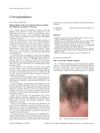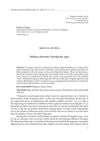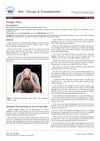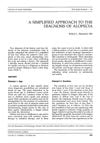Bald’s Leechbook and the Construction of Male Health in Anglo-Saxon England
March 2017
in “
De Gruyter eBooks
”
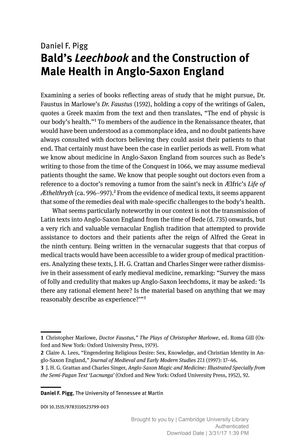
TLDR The Leechbook shows how hair and sexual health were key to medieval masculinity and some remedies may still be useful.
The 2017 document by Daniel F. Pigg analyzes Bald's Leechbook, a ninth-century Anglo-Saxon medical text, and its role in shaping the understanding of male health and masculinity. The Leechbook includes remedies for hair loss, which was a significant aspect of male identity, as well as treatments for sexual health, reflecting the cultural importance of hair and sexual performance in defining masculinity. The text suggests that medical practices were tailored to different genders and ages, with a focus on maintaining a balance of bodily humors and warmth, which were believed to be essential for male health. The document also references a 2015 study that found one of the Leechbook's remedies could be effective against antibiotic-resistant bacteria, indicating some of its treatments may still hold medical value. Overall, the Leechbook provides insights into the medical and social constructs of masculinity in medieval England.

